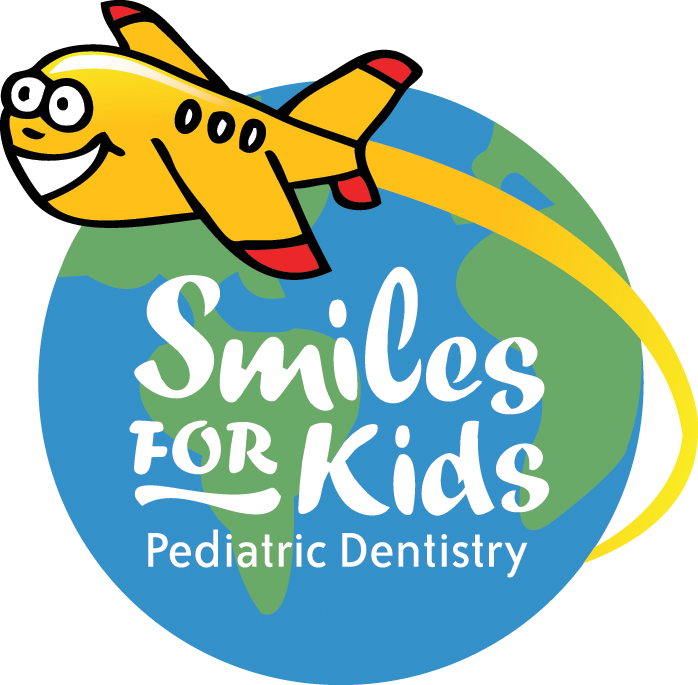Dental Sealants: A Strong Player in the Fight against Tooth Decay
/As soon as the first tooth erupts, cavities instantly become children’s dental archenemy making regular brushing extremely necessary. However, many kids and even adolescents can be very reluctant in brushing their teeth. Even with their parent’s constant prodding and guidance, it can be difficult to make them grab their toothbrushes.
Aside from this common weakness of children, it is challenging to get rid of cavity-causing bacteria through brushing alone. Teeth, specifically the molars, have tiny grooves where plaque likes to accumulate and decay usually begins and these are not often reached by bristles of a toothbrush. In addition permanent molars are hard to reach in the back of the mouth and often erupt not fully calcified and prone to dental cavities. This is the reason why many dental professionals recommend application of plastic coatings called dental sealants.
Dental sealants are placed on the back teeth’s chewing surfaces, creating a physical barrier that prevents food and other particles from being trapped. It is a very effective method in stopping cavity growth. It can also halt tooth decay even when it has already begun by cutting bacterial source of “food”, thus significantly reducing untreated cavities and the risks that come with it.
Aside from being effective, dental sealants are safe and affordable too! Insurance companies understand their impressive protection and cover them in large percentage. The cost of 4 sealants is close to the cost of one filling not to mention anguish children must go through to have a filling done or more serious dental treatments such as root canals or crowns that can be effects of untreated decay. If you want your kids to take advantage of this dental innovation, take your child to a pediatric dentist and discuss sealants with him or her.
The pediatric dentist will examine your child’s teeth and report to you if dental sealants are appropriate for your child’s age and condition. Note that not all children actually need these. To give you an idea, kids six years of age are the best candidates for this treatment because it is the age when the first permanent molars appear and are most vulnerable. Baby teeth can also be treated by sealants if your child has high risk for dental decay and deep groves, but most of the time these are not routinely recommended.
When sealants are placed soon after permanent six year molars erupt and with proper fluoride use, your child stand better chances of preventing tooth from getting decay. Keep in mind that even with dental sealants applied, you still need to get your regular dental checkups and fluoride treatments. Fluoride is a partner in fighting dental decay but it is more intended for protection of the teeth’s smooth surfaces.
At age 12, second permanent molars appear so it is important to bring your tweens to dentists for another application of dental sealants. The second permanent molars are usually the last teeth set sealed. In between these two crucial times many permanent teeth erupt closer to front of the mouth (premolars). These are smaller than molars and are at lower risk for decay due to their positioning in the mouth and smaller biting surface. However, most dentists will discuss sealants on those with parents and patients depending on child’s risk for decay and parental financial comfort.
The important thing is to get examined by a competent dentist first. Sealants application is non invasive (almost like placing nail polish on nails), but it is very technique sensitive. The tooth must be kept dried for application to be successful. Hence, the tooth’s chewing surface should be erupted and the patient should be at an age where he or she can provide an adequate degree of cooperation. Dental sealants can be applied by either a dentist or a dental hygienist and in some cases dental assistants also have a separate license for sealant application.
Dental sealants are often intact for years if applied correctly and with use of good dental materials. Dislodged sealants are usually due to poor technique, the patient’s uncooperativeness during the procedure so the dentist wasn’t able to dry the tooth properly or due to diet that can chip parts of the sealant. Parents and child must be educated on sealant care after the procedure. Regular dental check-up will include sealant upkeep and maintenance.
